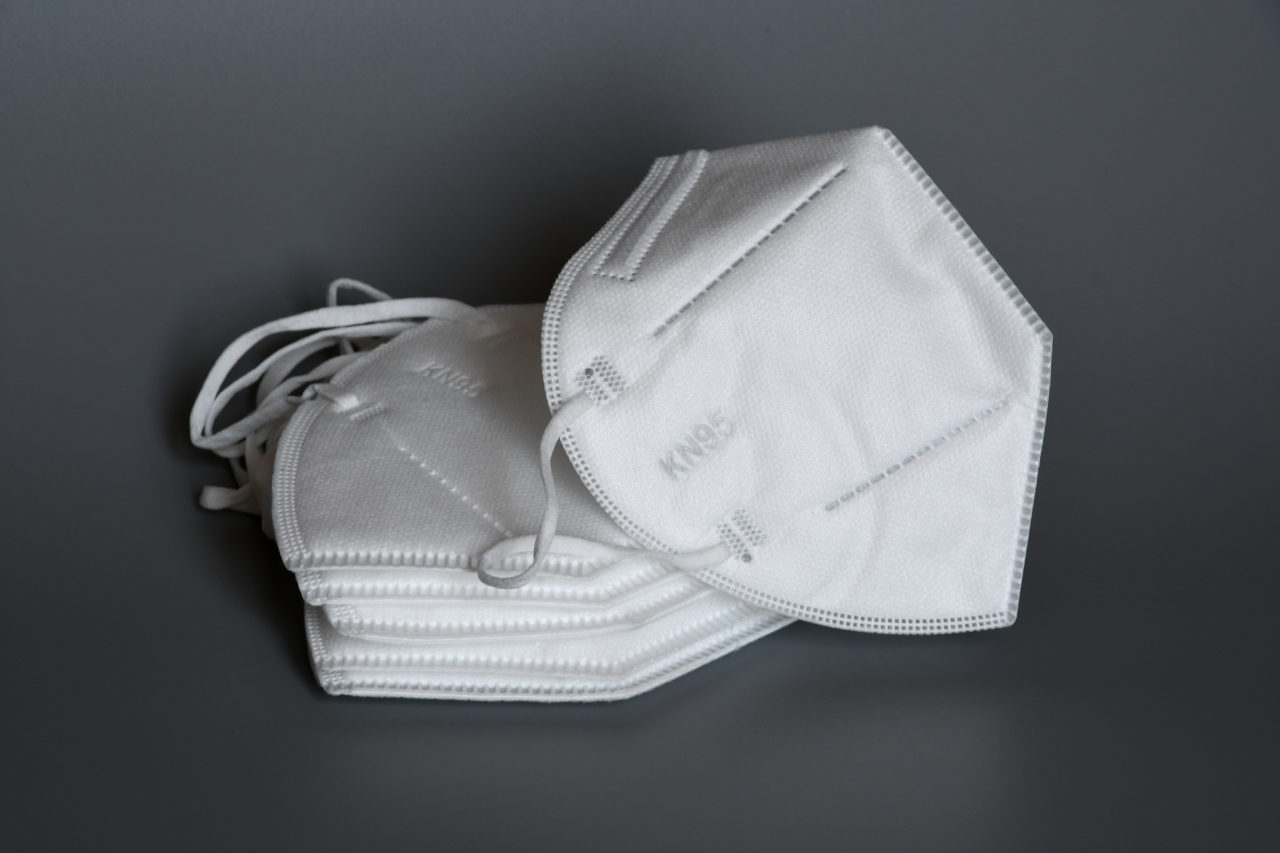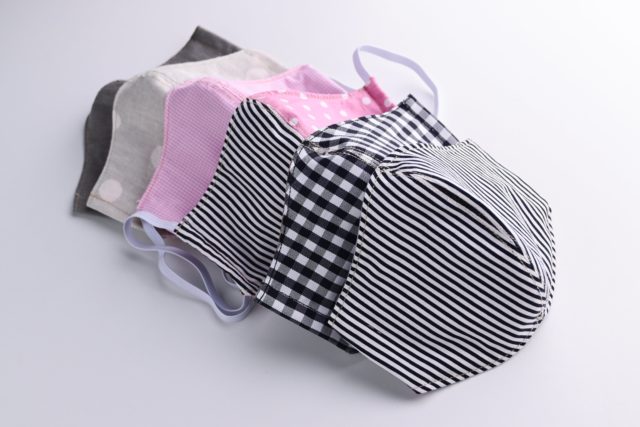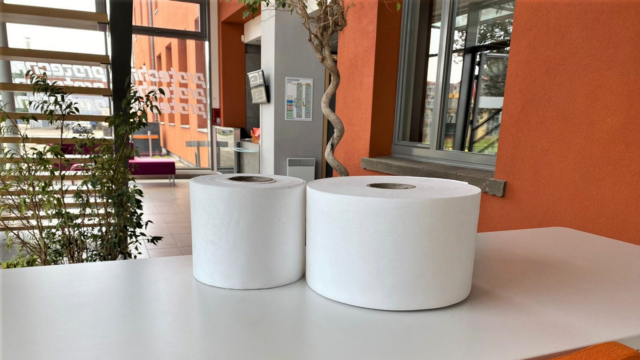
Introduction respiratory diseases
There are different types of biological agents such as viruses, bacteria, fungi, and other microorganisms which could be able to have a direct effect on human health. Among them, inhalation viruses are more important because of their rapid and sometimes uncontrollable transmission. Some of them, like SARS and MERS, became a threat to human health in recent decades. (1)
Nowadays, a virus named Covide-19 is causing the infection of more than 229 million people and more than 4.7 million deaths in the world (2). The speed of the outbreak and the number of cases has prompted the World Health Organization to announce an epidemic situation. At the same time, the different studies on the prevention methods and fabrication of the medical solutions have been evaluated. But, production of the vaccine and medical drugs takes time and needs a complete study on their effects.
Why do we need to wear a face mask?

On the other hand, the most important way of transmission is direct physical contact between a carrier or infected person and a healthy person. So, breaking the chains of transmission is often proposed to slow down this spread and have time to control the situation and deal with epidemics. An emergency solution could be to wear a mask, gloves, and in severe situations containment.
Face masks are considered a suitable method to protect people against respiratory viruses. There are different types of them and their efficiency of protection depends on the raw materials which are used for their fabrication such as the textile, polymeric materials, etc. The main function of these masks is often based on adsorption and filtering systems.
How to choose the right face mask?
Basic Cloth Mask, Surgical Mask, N95 (USA) Respirator, Filtering Face piece (FFP1, FFP2, and FFP3) in Europe are some of the masks which are usually used in different cases against respiratory diseases. They have different applications according to their efficiency.
Cloth masks are known usually as general masks but the use of cloth masks during respiratory diseases such as coronavirus pandemic is under debate because of their low efficiency against viruses and nanoparticles (3). So, it is not advised for the medical workers who have direct contact with the contaminated patients.
Surgical Masks (medical face mask), N95 (USA), and FFP (Europe) Respiratory masks have a high efficiency against the virus, bacteria, and micro/nano particles. These products are suitable for medical workers and industrial dust-proof environments. Also, these are consumed by others because of their high efficiency, low price, and low weight. These properties are due to their raw materials and production processes. Also, the number of layers is different for each of them. Table 1 presents the different layers and raw materials which are usually used to produce 3 types of masks.
What materials are used in mask structures?
Table 1 – Some usual structures of masks
| Type of the mask | Number of layers | Material |
| Cloth face masks | 1, 2 or 3 | Outer layer: Water-resistant fabric (polyester/polypropylene) |
| Middle layer: Fabric blends (cotton, polyester, or polypropylene) | ||
| Inner layer: Water-absorbing fabric (cotton) | ||
| Surgical masks | 3 | Outer layer: Non-woven fabric |
| Middle layer: Melt-blown polymer (polypropylene) | ||
| Inner layer: Non-woven fabric | ||
| FFP masks / N95 | 4,5, or 6 | First (Outer) layer: Non-woven fabric |
| Second layer: Melt-blown fabric | ||
| Third layer: Filter screen/ foam or cotton | ||
| Fourth layer: Melt-blown | ||
| Fifth (Inner) layer: Non-woven fabric |
As mentioned in the table, nonwoven fabrics and melt-blown are two principal parts of the masks that have an important effect on their efficiency.
Nonwoven spun-bond fabrics are fibers that are bonded by chemical or physical treatment such as mechanical processing, heating, or using solvents. Polymeric materials such as polypropylene, polyethylene, and polyamides are commonly known as good raw materials for their production.
Nonwoven melt-blown fabrics are porous materials that are produced in a single process of polymer fiber spinning, air quenching/drawing, and web formation(4). According to this porosity, melt-blown is considered as a high-efficiency filter with various applications such as air and water filtration or fabrication of medical equipment.
Melt-blown nonwoven produced by Protechnic

Protechnic produces polypropylene melt-blown nonwoven via melt blowing process with electret treatment. This process is based on an extrusion system and convergent streams of hot air to convert a polymer to a fine nonwoven fabric.“According to some studies, the particle removal efficiency or adsorption effect of nonwoven fabrics could be increased using an electret treatment (5).”
Melt-blown nonwoven produced by Protechnic with thinner fibers with high specific surface area offers a good filtration efficiency and barrier property which are suitable for different applications such as fabrication of the respiratory masks. As a media filter, it has an important role in the removal of different particles, viruses, bacteria, etc.
PP melt-blown fabric applications

Due to the high particle removal efficiency of melt-blown nonwoven, it has other applications besides fabrication of masks as below:
– Water and air filtration systems such as water purifiers, HEPA air filters
– Medical applications such as gauzes, swabs, filtration materials, surgical products
– Hygienic and personal care products such as feminine Hygiene products, diaper, and disposable disinfectant wipes
-Food industries such as packing trays, filters for processing soft drinks /fruit juices/beer, Coffee filters, and tea bags
-Agriculture such as crop cover, weed control
Contact our commercial team for more information → Contact our team
Reference
- Ming Hui Chua et al., Face Masks in the New COVID-19 Normal: Materials, Testing, and Perspectives, Research Article, ID 7286735, 2020
- https://www.worldometers.info/coronavirus/ – 09/19/2021
- Chughtai AA et al., Effectiveness of Cloth Masks for Protection Against Severe Acute Respiratory Syndrome Coronavirus 2. Emerg Infect Dis.;26(10):1-5, 2020
- Yi Pu et al., Preparation of Polypropylene Micro and Nanofibers by Electrostatic-Assisted Melt Blown and their Application, Polymers 10(9), 959, 2018
- Haifeng Zhang et al., Design of Polypropylene Electret Melt Blown Nonwovens with Superior Filtration Efficiency Stability through Thermally Stimulated Charging, Polymers, 12, 2341, 2020

